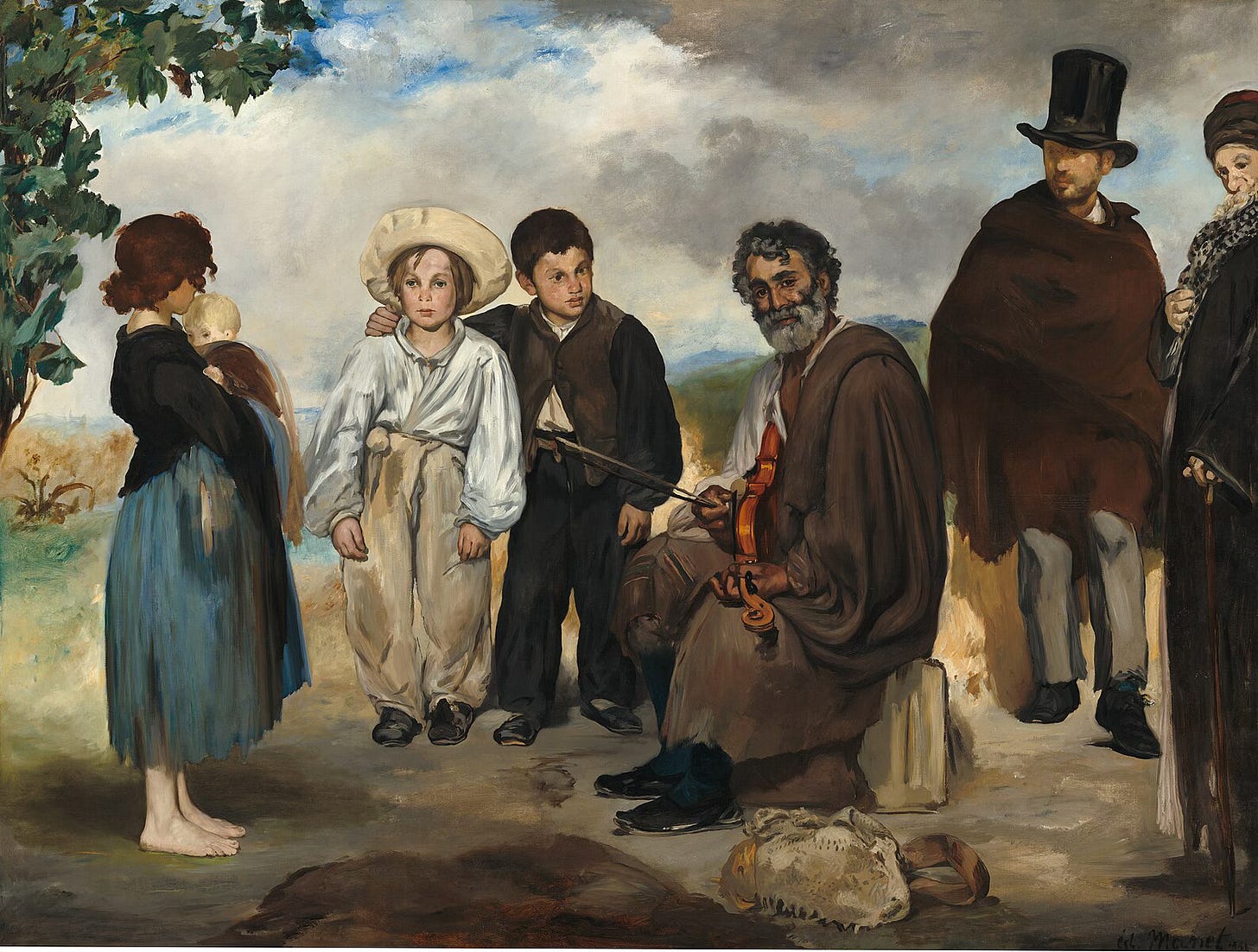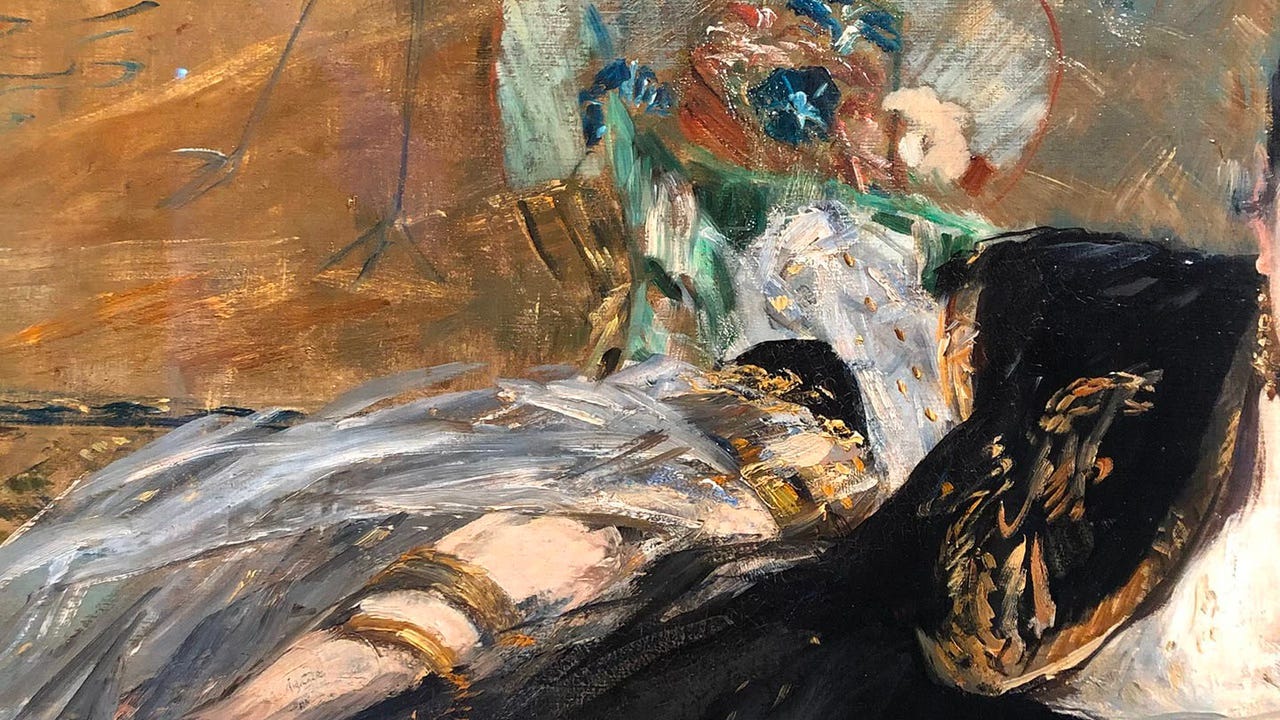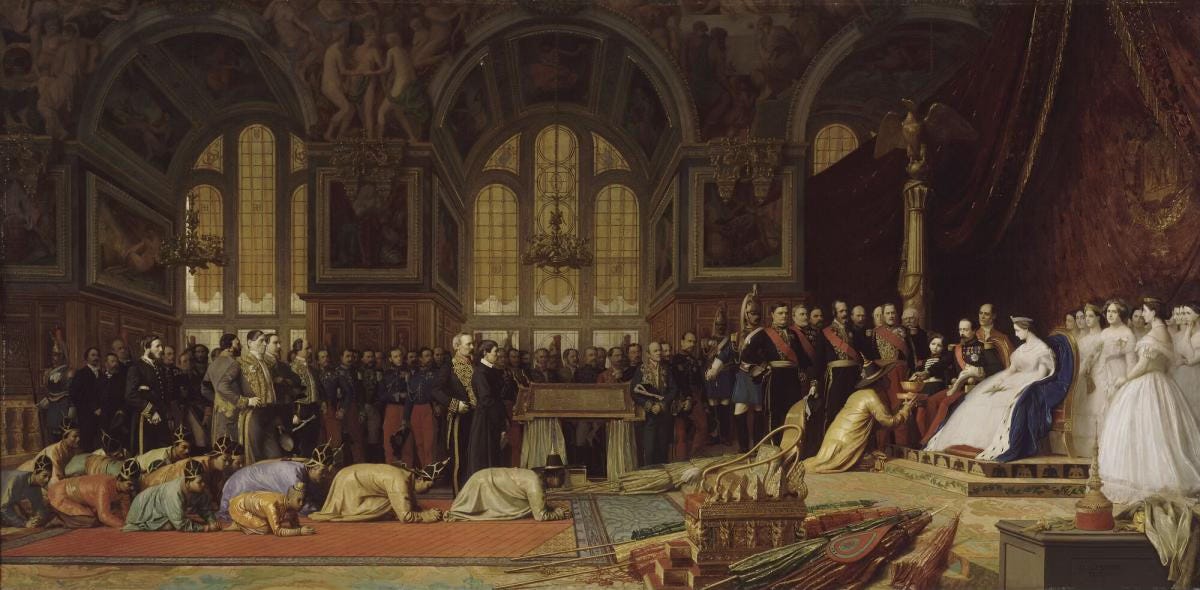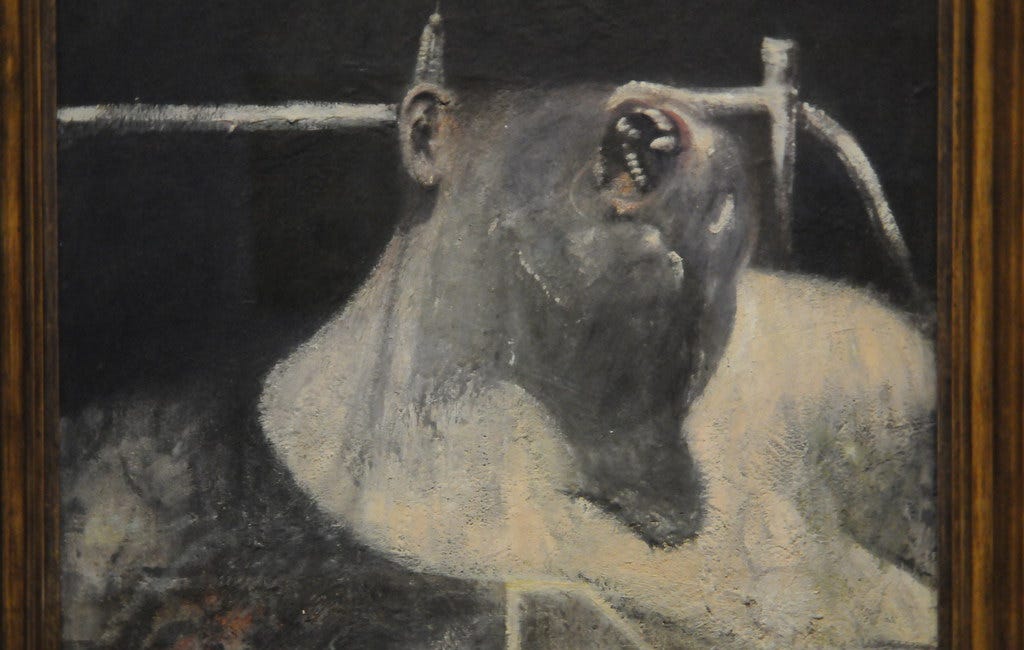The birth of Impressionism
Review of The Judgment of Paris: The Revolutionary Decade That Gave the World Impressionism by Ross King
This is a magnificent story that pits Ernest Meissonier – the ultimate establishment artist of historical realism – against Edouard Manet, who created a revolutionary style of subjective imagery, offering the “impression” or personal perception of life rather than an exacting replica. At first glance, this might seem like a rather dull subject: we all know that stuffy realism was replaced by an astonishing array of visionary artists, culminating in van Gogh, Gaugin, and later, the Surrealists and on into Abstract Expressionism. What King shows is how this happened, not only from a handful of artists struggling to develop new techniques, but from inside the institutions that wielded great power over their careers, for the most part in the Second Empire of Napoleon III.
Into the 1860s, Ernest Meissonier dominated the artistic scene of Europe. His work was of the most painstaking craftsmanship, taking sometimes even a decade to complete a single work that was only a few feet square. Beyond the popular bourgeois scenes he produced (of men playing cards or drinking together), he recreated idealized scenes of Napoleon on horseback at the moment of his greatest triumphs. To do so, he worked the details in such exhausting exactitude that he would spend years studying the anatomy of horses, the crease in a uniform, and even himself wearing the hernia strap that Napoleon had to wear so that he could transmit the experience in his scene. He won all the prizes, dominated the institutions that enabled artists to mount an annual official exhibit, The Salon, and sold his work at the highest prices that anyone earned in the century.
Meissonier's work fit into the traditions of his time. There was his scientific exactitude right down to the blood vessels in the legs of each galloping horse, the choice of ennobling scenes to enhance national pride, and moralistic lessons to inform the public regarding “proper” behavior. This was an era when painters tended to portray exaggerated gestures for dramatic effect, such as the Romantic Delacroix with his topless Liberté and insurgent self portrait with a rifle or ruminative scenes of the Roman rivals, Marius and Sulla, who are now obscure except to classicists. The orthodoxy was guarded by aristocratic bureaucrats in the École des Beaux Arts and Institut de France.
The upstarts, led by Manet, wanted to replace such didactic exactitude with freer flowing images, which reflected perceptions and a gestalt of emotion – theirs. Moreover, with photography in development, the appeal of better-than-life apocryphal images of Meissonier and his school was waning. It was time for something new, but the establishment resisted it all the way – refusing to approve paintings for the official showing with the most arrogant dismissals. Though a cohort of open-minded critics, led by Emile Zola, championed the emerging movement, establishment critics disdained them. In spite of this rejection, Manet kept going, eventually opening a rival salon of his own. The opprobrium he experienced would have destroyed less narcissistic men, but he gathered a following that came to include Monet, Renoir, and Degas, all of them revolutionaries in their way. The personalities involved provide their own fascination.
The political context is also vividly drawn. Napoleon III was an autocrat, merging his egotism with the glory of France, which was the pinnacle of European civilization as the colonial expansion began. He had installed a coterie of the most arrogant and hidebound aristocrats in his court, all of whom despised the democratic impulse. It was a time of unrest: the reactionary Napoleon III came to power shortly after the Revolutions of 1848; he exited in 1870, resigning after his humiliating capture by the Prussians in a brief war that was followed by the violence of the communards in Paris. This swept away many of the old attitudes, and though this is something of a simplification, and opened the way for Manet’s movement, which was dubbed “Impressionism”.
Once the public began to buy Manet's work, the flood gates opened and his group’s popularity grew until they were seen as the exemplars of modernism, the breakers of the mould that had dominated painting since the painting techniques developed by Leonardo da Vinci (a kind of gradual addition of layers of paint). Manet liberated the brush stroke from da Vinci’s discipline, which sparked an explosive range of experimentation in expression, color, and subject. For his part, Meissonier remained famous during his lifetime, but after his death came to embody reaction and a decadent rococo realism – he is almost completely forgotten by art historians (perhaps wrongly so). Meissonier’s paintings can still be found in the great museums, and they are indeed mesmerizing in their way, but they must be hunted down in back galleries.
If I have any criticism of the book, it is that there is too little analysis that explained the meaning of what was happening in terms of art history. It is there, but mentioned more as an aside than you would find in an academic work. But the writing and narrative flow are truly sublime.
Reading this is a great pleasure. Though I have seen and studied many of the individual works, this is the first time I have read a history that puts everything into context. In this I was lucky to have found King’s book, which is a true masterpiece. (I had read Brunelleschi's Dome and wasn't anywhere near as impressed as I was with this volume.) I will now be able to revisit all the museums I knew from childhood with an entirely new perception of the work and its meaning. There is no greater intellectual satisfaction.
Related:
The mother of all turning points, even if it didn’t quite turn
I have long sought a detailed account of 1848: it was a time of myriad movements, crises, hopes, violent revolutions, and even more brutal counter-revolutions. As a moment of such utter complexity and import, it is key to understanding the tensions of the present day. While this uneven book dwells too much on the details of the violence and political ma…
Art of fin de siècle Europe
This is one of those books that sets an extremely rich scene: where the participants met in a unique moment, how they interacted, and what became of them. Where it is weaker is in their personalities and psychological motivations as well as the meaning and impact of what they did. The context of the times is described very well, but less so how the arti…
A seminal reading experience, mixing art criticism with history and biography
Since my high school infatuation with surrealism, I have been fascinated with every aspect of modernism. What caused such an explosion of experiment and rebellion? What, if anything, did the various disciplines have in common? What linked Monet and Picasso to Ravel, Hemingway, Frank Lloyd Wright, and even Sigmund Freud? Somehow, it seemed all of a piece…
The first radical artists, Belle Époque France
For anyone who is fascinated by the multifaceted artistic flowering of culture that began in the late 19th century, this book is a must read. It is about the emergence in France of an avant-garde, which began soon after the Impressionists and culminated later in Modernism and Surrealism. Shattuck attempts to explain this through 4 artists (Satie, Rousse…











